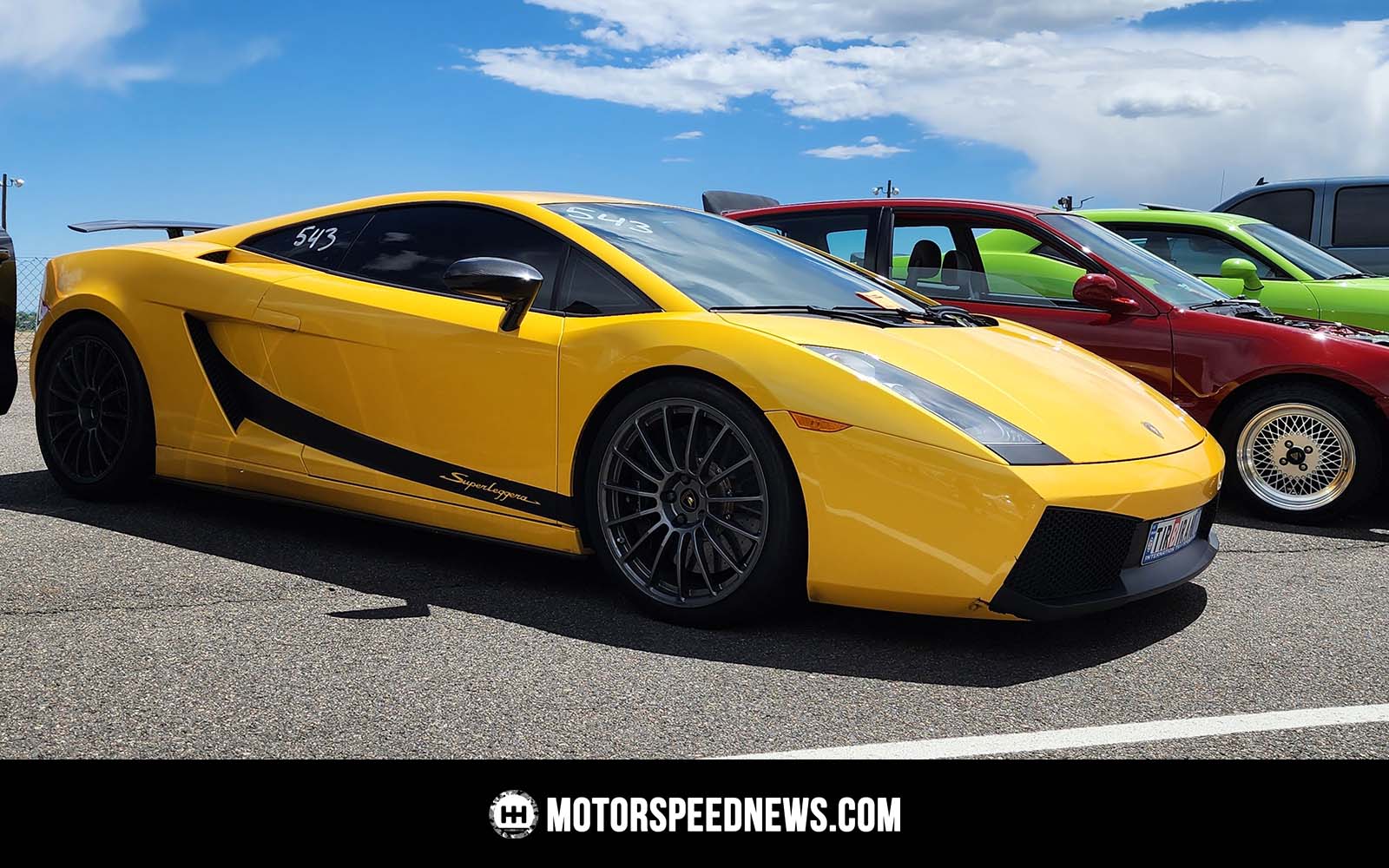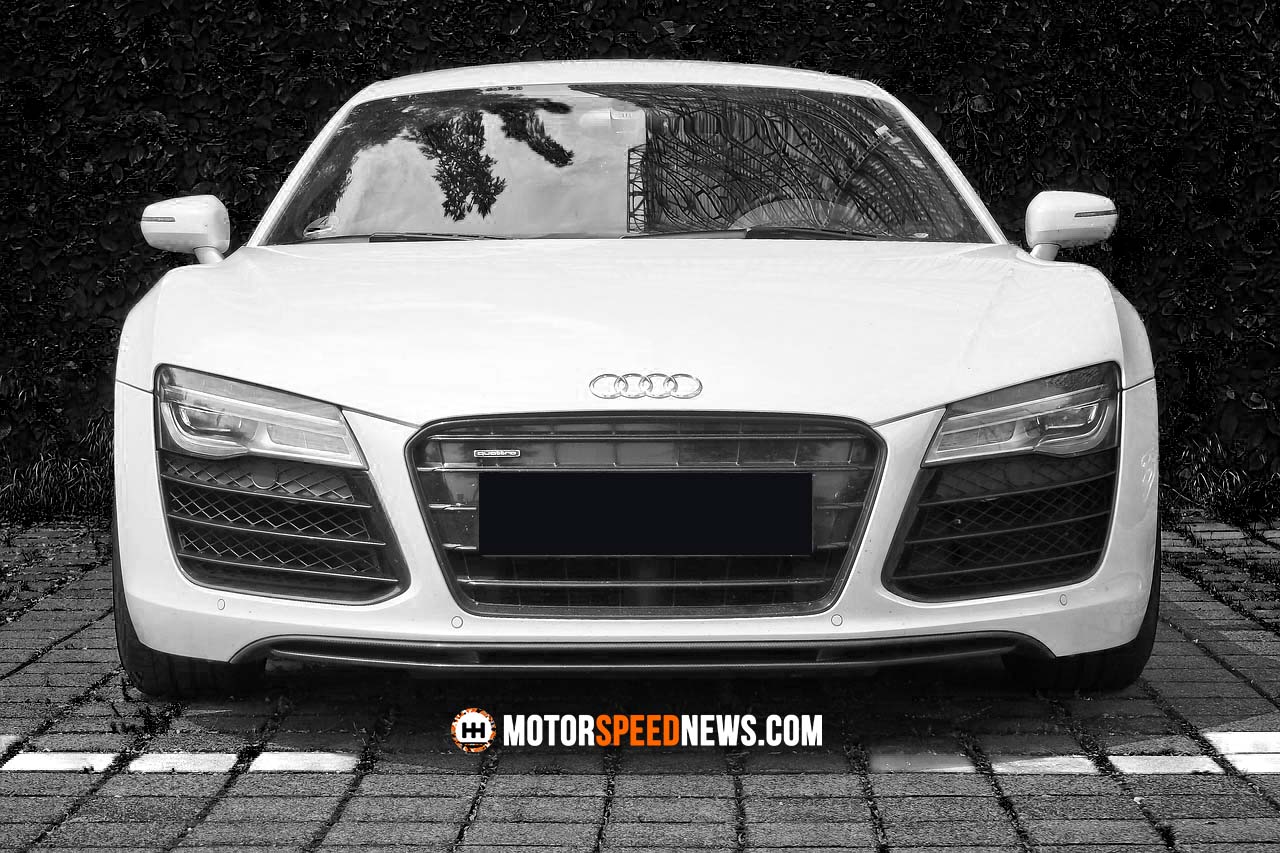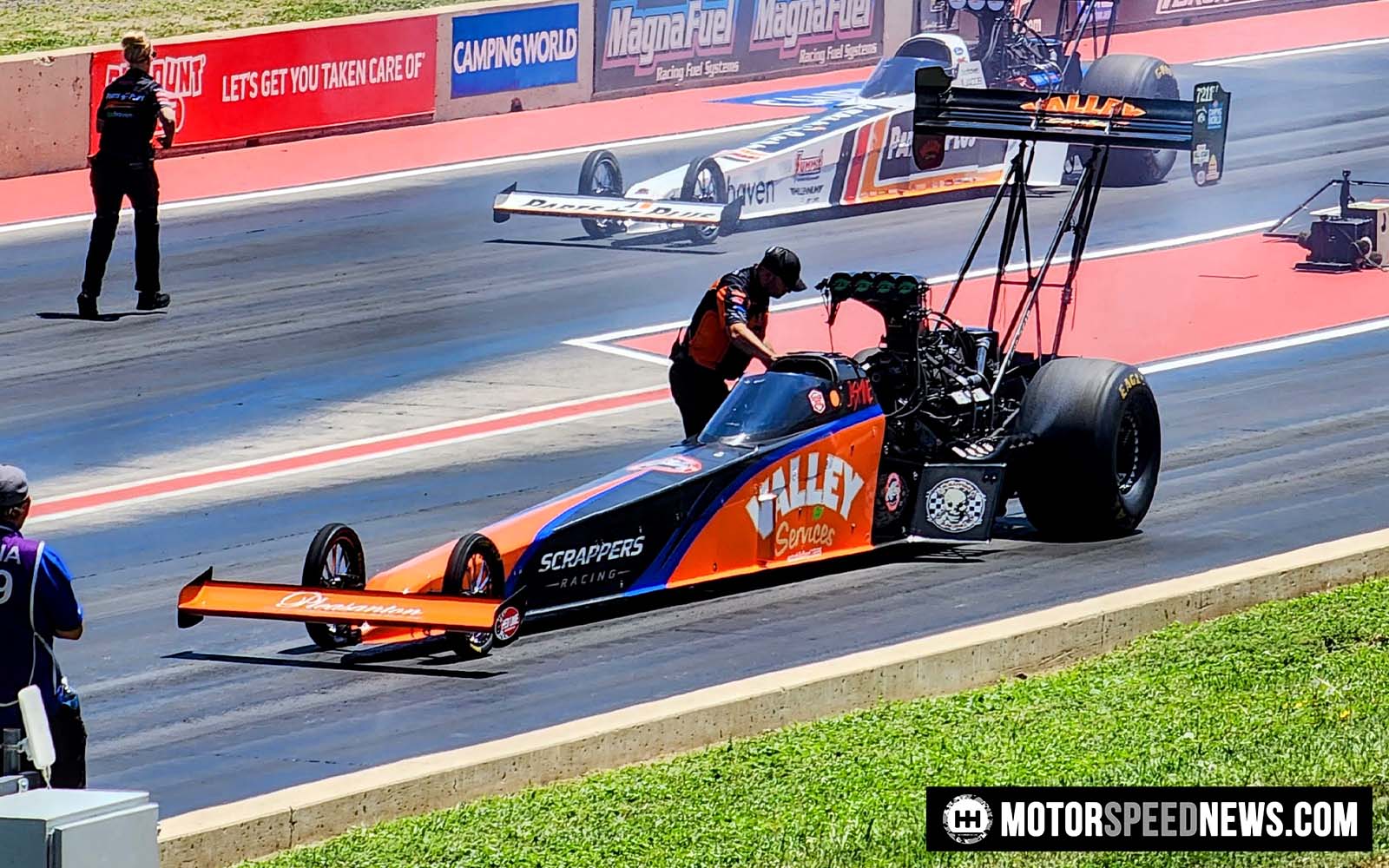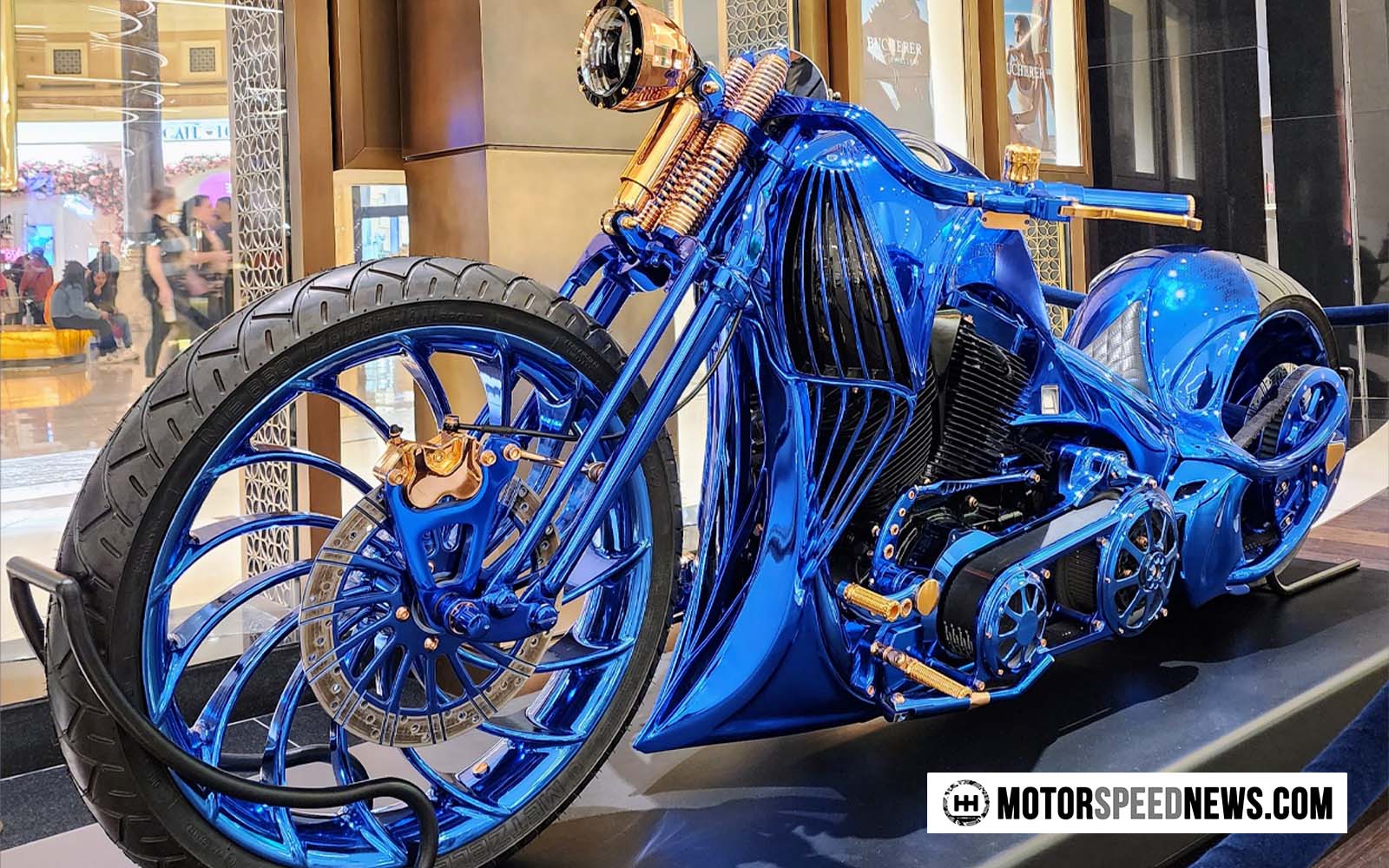Did you know that the original NSX was not supposed to be manufactured with a VTEC engine? It’s true. It is said that when the NSX prototype started up at the media introduction in Chicago in 1989, that the President of Honda, Tadashi Kume was not satisfied and instructed engineers to develop VTEC (Variable Valve Timing and Lift Electronic Control) for the V6 NSX engine.
At the time, VTEC was brand new and had only been developed for Honda’s 4 cylinder motors. Creating a VTEC engine for the original NSX would end up requiring the body design to be altered due to the fact that the new cylinder heads would be wider than the original.
The larger engine block actually required engineers to lengthen the wheelbase and increase the overhang on the front and rear of the car. And that was after they tilted the engine backward 5 degrees to save space.
Honda’s Flagship Mid-Engine Sports Car
The original NSX (first generation, NA1 & NA2), known as the Acura NSX in North America and the Honda NSX in other parts of the world, is a legendary sports car that has captivated car enthusiasts for decades. Production of the Japanese super car ran from 1990 to 2005.
The mid-engine layout is one of the defining features of the NSX. Placing the engine in the middle of the car allows for optimal weight distribution and superior handling characteristics. This is why Formula 1 race cars use this configuration. This setup gives cars like the NSX exceptional agility and responsiveness on both road and track.


Notably, the NSX made waves when it was first introduced as it showcased cutting-edge technology for its time, an all-aluminum body. This reduced the weight by over 400lbs compared to using steel, and still maintained structural rigidity. This move by Honda would make the NSX the world’s first mass-produced car to feature an all-aluminum body.
The original NSX featured an aluminum 3.0 L V6 engine making 270 horsepower (NA1 model). It was first offered with a 5-speed manual transmission and then Honda added a 4 speed automatic option in 1994.
Then in 1997 the NA2 came to market. Honda upgraded the engine to 3.2 L and 290 horsepower which saw a torque increase from 210 lb-ft at 6500 rpm to 224 lb-ft at just 5300 rpm. Additionally, The NA2 featured a new 6 speed close ratio gearbox.
The End Of An Icon
After many years of successful production, Honda discontinued the NSX in November of 2005. During those years, two assembly plants in Japan manufactured over 18,000 of these beautiful sports cars.
In 2016 the second generation NSX (NC1) debuted. The revived supercar features a twin-turbocharged V6 engine with three electric motors!
More About VTEC
VTEC, which stands for Variable Valve Timing and Lift Electronic Control, is a technology developed by Honda for their engines. It is a system that enhances engine performance and efficiency by adjusting the timing and lift of the intake valves (AKA controlling air flow).
The main purpose of VTEC is to optimize engine performance at different RPM ranges. It allows the engine to operate with two different camshaft profiles. One is used for low RPMs and a second camshaft profile for high RPMs. This enables the engine to deliver both smooth low-end torque and high-end power.
VTEC works by using oil pressure to engage a locking pin that connects two sets of cam lobes on each valve. At lower RPMs, only one set of lobes is engaged, resulting in less valve lift and shorter duration. This design improves fuel efficiency and provides better low-end torque.
When an engine operates at higher RPMs, the oil pressure increases, causing the locking pin to disengage and connect both sets of lobes. This allows for increased valve lift and longer duration, maximizing airflow into the combustion chamber. And when you have more airflow you can increase fuel and get more power.
The implementation of VTEC has proven to be successful in enhancing engine performance while also maintaining fuel efficiency. As a result, it has become a signature feature in many Honda vehicles. Honda and Acura owners know VTEC for its ability to strike a balance between everyday drivability and spirited performance.
How VTEC Works Video
Jason Fenske of the Engineering Explained YouTube Channel explains this technology tremendously well in the following video. Additionally he includes diagrams and a Civic Type R engine:
Every Honda To Feature VTEC
- Accord (1990-2023)
- Civic (1992-2023)
- CR-X (1989-1991)
- CR-Z (2011-2016)
- Del Sol (1993-1997)
- Element (2003-2011)
- Fit (2007-2020)
- Insight (1999-2020)
- Integra (1992-2006)
- Prelude (1992-2001)
- S2000 (1999-2009)
Every Acura To Feature VTEC
- CL (1997-2003)
- CSX (2006-2011)
- EL (2012-2020)
- ILX (2013-2023)
- Integra (1990-2001, 2023-)
- Legend (1991-2004, 2016-2020)
- MDX (2001-2023)
- NSX (1991-2005, 2016-2022)
- RSX (2002-2006)
- TL (1995-2020)
- TLX (2015-2023)
- TSX (2004-2014)
- ZDX (2010-2013)
*Note that the Civic and Accord have had VTEC offered on some trims and model years but not others.

Founder and Executive Editor for Motor Speed News.
Current Garage:
2002 Subaru Impreza WRX Wagon (302 whp)
2005 Toyota Tundra Limited
1986 Yamaha Virago XV1100









